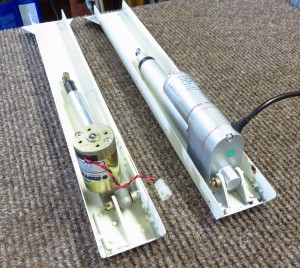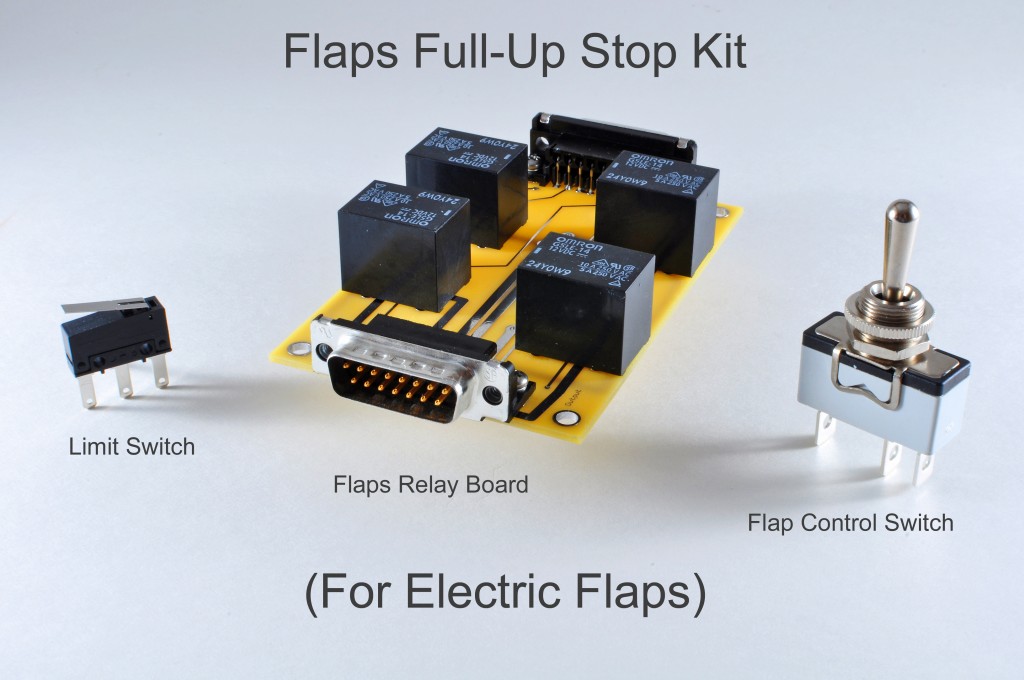We have decided to discontinue the RV Flap Actuator that many have installed in their single-digit RVs, the RV-6, -7, -8, and -9. We are now recommending the RV-10/-14 actuator for all models except the RV-8. This newer actuator will now be renamed the RV Max Flap Actuator.
There are several reasons for doing this. Although there are hundreds of this actuator presently in RVs, we have had a few that will spontaneously retract–typically from full flaps back to about half flaps–for no apparent reason. We have termed this phenomenon “blowback.” It has occurred in about 3 actuators to date that we know of. We have had the factory look at an affected actuator and they have not seen any mechanical problems so our conclusion is that some actuators that are overly lubricated can be forced up. This would seems to be impossible given the nature of the jackscrew operation, but apparently in the case of over lubrication, it is possible to start the motion of the jackscrew by applying a force against the actuator. We had one customer disassemble his actuator and removed some of the lubrication and reported back that the actuator is operating much better. We have had this actuator in our own RV-6 for several years now without any problems of any kind.
Since we introduced the RV-10/-14 Actuator several years ago, we have sold many (over a hundred) to owners of those two aircraft. Given that the RV-9 wing and flaps are very similar, we installed one in an RV-9 build some time back and have had a great deal of success with it in the RV-9. We have since installed a few in RV-7s. We have concluded that this actuator works very well in the single-digit RVs. Additionally, this actuator is much more robust than the previous one and although about $50 more in cost, a much better value considering the high quality of the unit.
Due to supply chain issues, it is becoming more and more difficult to keep both actuators in stock. Going to just one actuator will greatly simplify our logistical problems and help us keep more of the RV Max actuators in stock.
Unfortunately, this actuator is probably not practical in an RV-8 due to its increased length and bulk. It is slightly longer and wider and weighs about a pound more than the older units.













